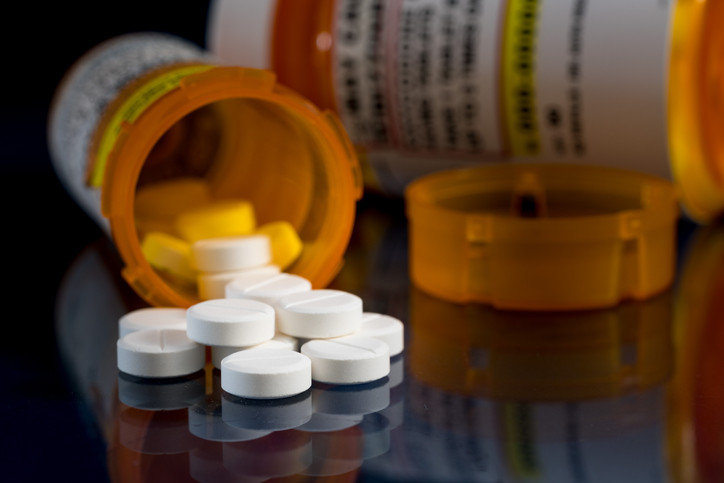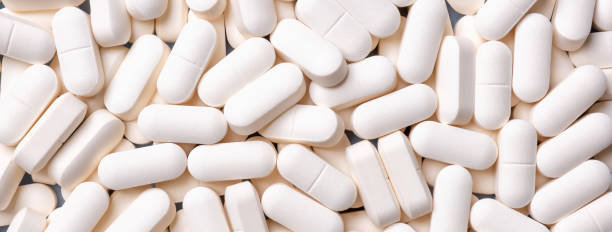Modafinil Overdose: How Much Is Too Much?
Modafinil, valued for its cognitive-enhancing effects, has become popular among professionals and students looking to improve focus and productivity. While its benefits are well-known, concerns about the risk of overdose are increasing. Knowing the difference between a safe dose and taking too much is essential, especially for those pushing limits to boost performance.
What Constitutes a Modafinil Overdose?
An overdose of Modafinil occurs when a person consumes an amount exceeding the recommended therapeutic dosage, which typically ranges from 100 to 400 mg per day. Overdose can lead to adverse effects, varying in severity from mild discomfort to life-threatening conditions. The exact toxic dose is not well-defined, as individuals may react differently based on their physiology and existing health conditions.
Clinical Reports and Case Studies on Modafinil Overdose
Clinical studies and case reports provide insight into the realities of Modafinil overdose. Cases range from accidental ingestions to intentional misuse, with doses reported up to several grams. Symptoms observed include severe headache, nausea, increased heart rate, confusion, and in severe cases, neurological and cardiovascular disturbances. These reports underscore the importance of adhering to prescribed dosages and highlight the potential consequences of overdose.
Mechanisms of Modafinil Action and Overdose
Modafinil functions as a wakefulness-promoting agent, primarily affecting the brain’s neurotransmitter systems, including dopamine and norepinephrine pathways. In overdose situations, its stimulant-like effects can lead to an overstimulation of these pathways, causing a range of symptoms from psychological (e.g., agitation, confusion) to physiological (e.g., rapid heart rate, hypertension). Understanding these mechanisms helps in identifying and managing overdose cases effectively.
Risks and Side Effects of Exceeding the Recommended Dose
Exceeding the recommended dose of Modafinil can lead to various risks and side effects. Short-term effects may include insomnia, anxiety, irritability, and palpitations. In more severe cases, individuals may experience significant health issues such as dyskinesia, psychiatric symptoms, and cardiovascular problems. Chronic misuse or acute overdose can also have long-term health implications, including potential dependency and tolerance, as well as negative impacts on mental health.
Managing a Modafinil Overdose
In the event of a Modafinil overdose, immediate medical attention is crucial. Treatment typically focuses on managing symptoms and may include supportive care such as hydration, monitoring of vital signs, and in some cases, sedation for severe agitation. There is no specific antidote for Modafinil overdose, making early intervention and supportive care key to managing the condition. Health professionals often rely on case studies and clinical experience to guide treatment decisions.
Prevention and Education
Preventing Modafinil overdose begins with education and awareness. Users should be informed about the risks of exceeding recommended dosages and the importance of adhering to medical guidance. Healthcare providers play a crucial role in monitoring patients’ use of Modafinil, especially in individuals with a history of substance misuse or those showing signs of tolerance or dependency. Educational campaigns and clear prescribing guidelines can also help mitigate the risks of overdose.
Conclusion
Understanding the balance between the therapeutic benefits of Modafinil and the risks associated with overdose is essential for both users and healthcare providers. By adhering to recommended dosages, being aware of the signs of overdose, and seeking prompt medical care when necessary, the risks associated with Modafinil misuse can be minimized. Ongoing research and education are vital to ensure the safe and effective use of this cognitive enhancer.








